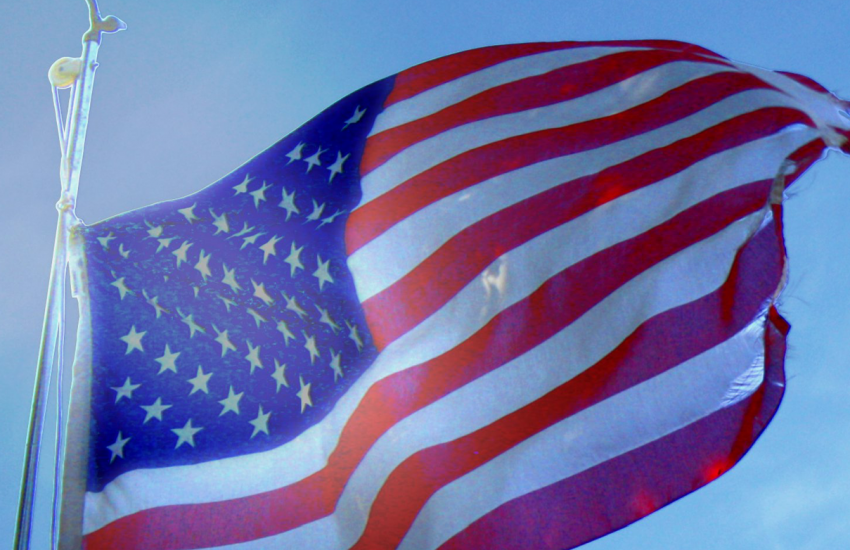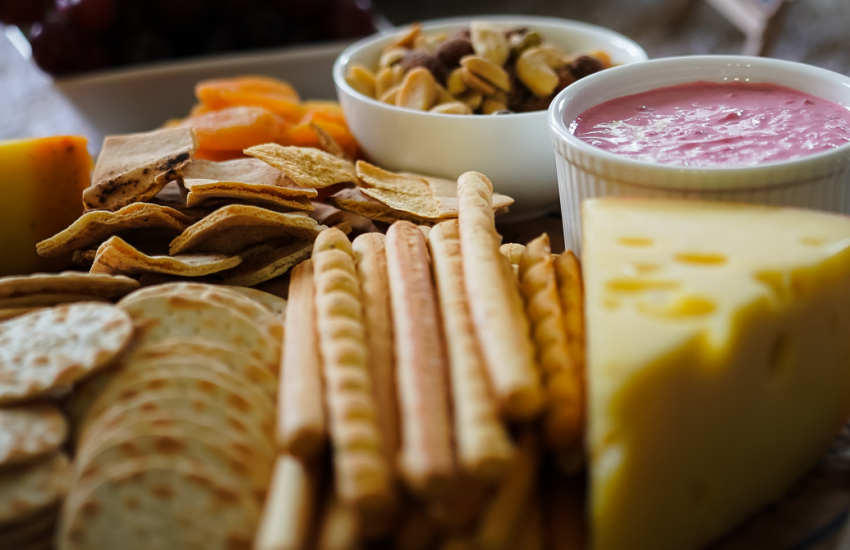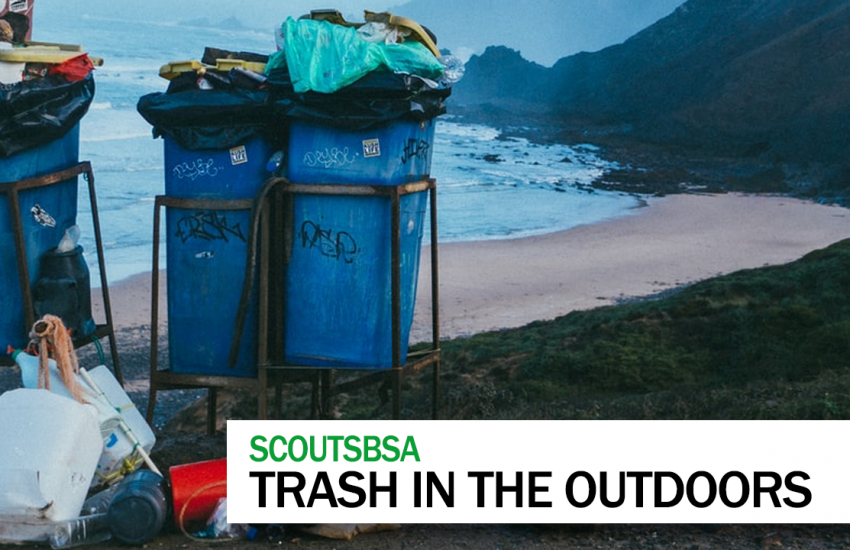How to successfully make a fire, and more importantly, how to teach scouts to make a successful fire.
- Stormproof Match Kit with Waterproof Case (Amazon)
- How to build the best campfire (Scouting Magazine)
- 3 fire building techniques (Backpacker Magazine)
Transcript:
Firebuliding like knife skills is one of those skills that all scouts are interested in. As a result you have their attention.
It’s also a good opportunity to teach patience and being prepared.
Starting with tinder, which is the dry and fluffy stuff that catches the spark. Your fire starts from tinder – Starting with a small pile of tinder will make things so much easier for the scout, and as a result you can have scouts keep elements for tinder in their pack along with some matches.
Examples of good tinder include wood shavings, pitch, cloth, clothes dryer lint, or wax. Having a baggie of this in their packs are a good practice, as well as can be a great den or patrol activity.
Next up is kindling. Which is the stuff that keeps the fire building, helping to get the larger pieces of wood burning. Kindling is usually little splinters of wood, small twigs, or fuzz sticks. This is also where patience comes in, as young scouts tend to smother their good work at this point, thinking it’s lit, so lets add some tree trunks.
Fuel, the next category is meduum to larger wood that keeps the fire going. Like our kindling example, you need to build up to this stage, adding a little at a time, giving the fire plenty of air. A common mistake at this point is adding wood that isn’t all together dry. Adding wood that is wet will cause a lof of smoke, and make it harder for the fire to really get going.
Sure, you can add wet wood, but wait until the fire is really going before you do that.
When teaching about fire it’s a good opportunity to go into fire etiquette a bit. We try and reinforce that what goes into the fire stays in the fire, or if you prefer “Don’t poke the fire and wave flaming sticks”.
One of the other items is that important to iterate is that there is one fire keeper, that is someone that tends to the fire, moves around sticks and logs, and keeps it going and safe. This also keeps scouts from all poking at the fire, as there is only one fire poker, plus the adults as need be, as some adults need to be poking the fire more than others much to the shagrin of the rules.
As part of our fire training we teach the idea that a fire has to be cold out, that is drowned so you can put your hand on the ground to make sure the fire does not flare back up when you leave.
This is more a scout safety rule as the last thing you want is to burn up a scout camp in the middle of summer when things could easily catch fire.
Different firelays are also something we teach, and the firelays all reinforce the kindling, tinder and fuel methodology, as you start with a base that catches fire, and grows with the different type of wood.
While most scouts want to build log cabin fires, the most effective method I’ve found for small scout made fires is the teepee fire, which requires the scout to think about structuring the fire with a base of tinder and kindling with pencil size sticks around the fire source, and then adding the larger units as things get moving.
In out troop we have a standard handout for teaching about fire, and we include how to light stoves, lanterns and work with charcoal as part of the lesson prior to earning firemn chit.
But all along the way we reinforce that fire building is a privilege in out troop, and messing around with fire will not be tolerated, where multiple infractions lead to a scout needing to repeat the training. But, this is what works for us.
Take what you like and leave the rest, and as we say in Woodbadge, feedback is a gift, leave yours below in the comments, with the hope we can all learn together.
I’m Scoutmaster Dave, and this was a detailed look into fire building.




